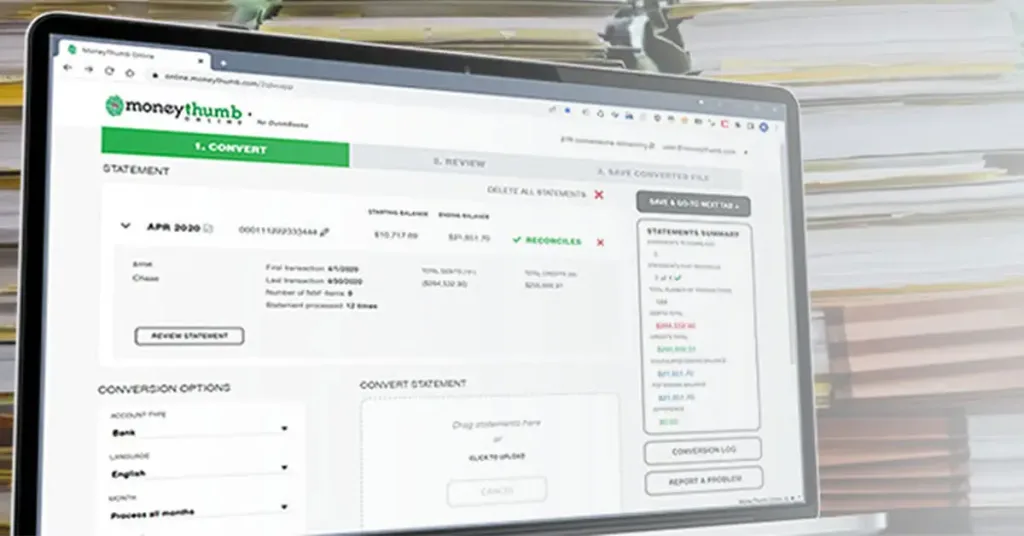You might be surprised by the results of a recent Stanford University study, which actually says if you handle social security properly, it is enough for retirement. This flies in the face of a lot of advice we get on personal finance and retirement, but Stanford is a trusted source, so let's discuss this study and what it says.
First of all, according to the Stanford study, most Americans have access to the best retirement income generator around, which is Social Security. Here is the recent report. This report, gathered by researchers at the Stanford Center on Longevity, in collaboration with the Society of Actuaries, analyzed 292 different retirement income strategies and found that Social Security meets most planning goals.
Stanford Experts Say Social Security is Enough for Retirement
The authors created a retirement income strategy around Social Security, called Spend Safely in Retirement, targeted to middle-income workers with between $100,000 and $1 million in savings who don’t have significant help from a financial advisor.
"Spend Safely in Retirement is designed to help wring the most from existing savings while maximizing the guaranteed income of Social Security," writes Steve Vernon, the research scholar at the Stanford Center on Longevity and lead author of Spend Safely. Vernon adds, "Among other benefits, this strategy protects against inflation and the risk of outliving savings while minimizing income taxes and complexity."
- If possible, continue working, at least enough to cover your basic living expenses, and slash your discretionary spending to live frugally within your means.
- If work isn’t possible, consider using a reverse mortgage line of credit as a pool of funds to help cover living expenses.
- If outside sources of income aren’t adequate, consider building a “retirement transition bucket” with a portion of retirement savings equal to the total amount of Social Security that you’d forgo by waiting until age 70 to claim. Say you retire at 65 and would have received the average monthly benefit of $1,369 if you claimed at that age. Put roughly $95,000 into the transition bucket to cover the amount you would have received in benefits from 65 to 70, indexed for inflation. This pot should be invested in a liquid fund with minimum volatility, such as a money market fund or a short-term bond fund.
Once you reach age 70 ½, the Internal Revenue Service requires you to withdraw a minimum amount from your tax-advantaged 401(k) or IRA each year and pay ordinary income taxes on it. Think of these required minimum distributions (RMDs) as your “retirement bonus,” the report says. Just like the bonus that you might have received on the job, the amount fluctuates—in this case, with your age and the market performance of your retirement account. Your Social Security check, on the other hand, is your “retirement paycheck,” a fixed amount adjusted annually for inflation that covers basic living expenses.
Keep a hefty portion of your RMD accounts in stocks, the report recommends. If you can stomach the volatility, you can go as high as 100% equities, as this provides the most potential upside. Yet if that allocation would keep you up at night, sweating fluctuations in the market, then stick to 50% or 60% in stocks, the authors advise.
This really is surprising but good news for those of us who have worried about retirement and if we will have enough to live comfortably when that time comes. We hope this helps our Rules of Thumb blog readers from MoneyThumb rest easier when it comes to retirement worries and personal finance.





















Add comment